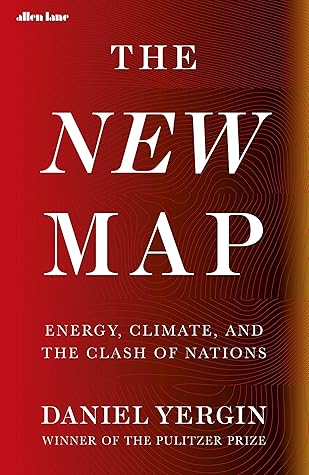More on this book
Community
Kindle Notes & Highlights
Read between
August 21 - August 28, 2022
Does all this mean that China and the United States are headed for what Harvard professor Graham Allison called the “Thucydides Trap”? Named for the ancient Athenian military historian, the concept depicts the risk of war arising from the collision between a “dominant” power and a “rising” power.
When it comes to oil, the difference between the two countries is stark. China imports 75 percent of its petroleum, which Beijing sees as a major vulnerability and is one of the drivers of its strategic policy. The United States used to share such concerns when its import levels were high. But owing to shale, no longer.
Sixteen years earlier, in 2004, the National Intelligence Council, a research organization in the U.S. intelligence community, had published a report titled Mapping the Global Future, which presented scenarios for the year 2020. One of the scenarios imagined was a pandemic in 2020. It was eerily prophetic, even as to the year:
Here is how the logic works, using average annual data from the years 2009–2018 (see Figure 1): Some 210 gigatons of carbon were annually, on average, naturally released by such processes as the decay of plants and breathing by people and animals. But 9.5 gigatons came from fossil fuels and 1.5 from land use. This added up to a total of 221 gigatons released. But only 215.7 were captured in the natural annual cycle—that is, absorbed by vegetation and the ocean—leaving a residual 4.9 gigatons in the atmosphere uncaptured. (There is also a budget imbalance factor.) That uncaptured 4.9 gigatons
...more


